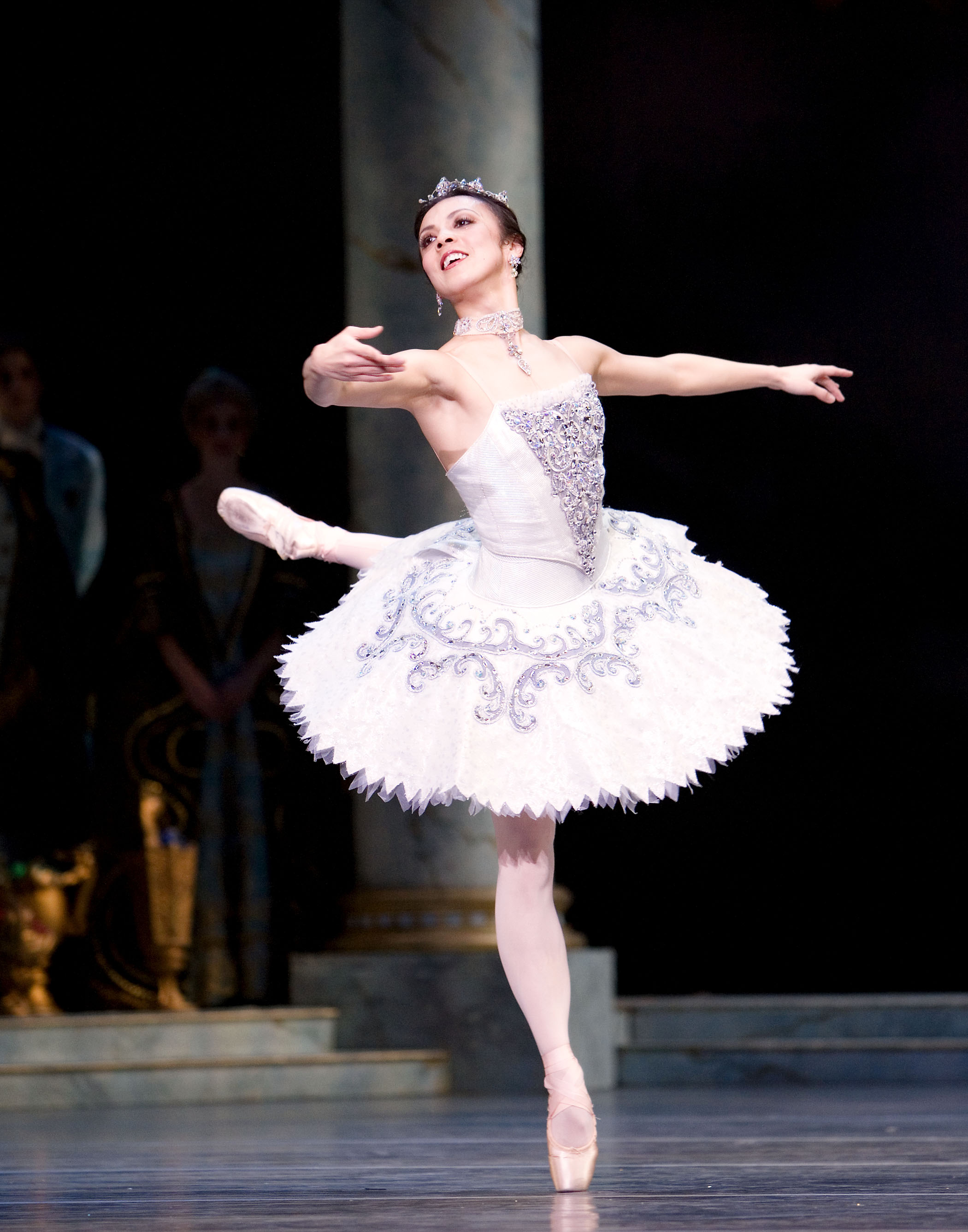The Sleeping Beauty
McCaw Hall, 321 Mercer St. (Seattle Center), 441-2424, pnb.org. $28–$179. 7 p.m. Thurs.–Sat., 1 p.m. Sat.–Sun. Ends Feb. 9.
In some ways, a dance company is just like any other workplace—there are always people who are close to retirement, people who are moving up in the organization, and people who are just starting. Last weekend Pacific Northwest Ballet opened The Sleeping Beauty with the title role shared among four dancers, each at a different place in the arc of her career.
Kaori Nakamura came to PNB from the Royal Winnipeg Ballet in 1997, and has made herself almost indispensable. She is not exclusively any one thing, but has danced an incredible variety of roles, from dramatic to abstract, all with clarity and authority. It’s unusual that a performer who excels at a big-scale tragic role, as in Jean-Christophe Maillot’s Romeo et Juliette, would be equally skilled at George Balanchine’s abstract neoclassical style or the exacting classicism of Marius Petipa in Sleeping Beauty, yet Nakamura has mastered all these and more. She recently announced her retirement at the end of this season, so her opening-night appearance as Aurora was especially sweet.
Lesley Rausch and Rachel Foster are both in mid-career. Rausch dances Aurora as if she’s been working on the part her whole life, which in a way she has; she danced myriad friend and fairy characters in Sleeping Beauty before debuting in the main role four years ago. On Saturday night she took a big step beyond that debut with a truly radiant performance. Foster has distinguished herself in more contemporary repertory—her performances in Crystal Pite’s Emergence earlier this season were a tour de force of animal behaviors—which makes her Aurora, arguably the purest of the classical roles, all the more impressive. She achieves a level of calm clarity that will serve her as she grows in the part.
Leta Biasucci has only been in Seattle since 2011, but she’s already had several choice roles, including the lead in George Balanchine’s comedic Coppelia. Still, Sleeping Beauty is a daunting challenge, where fidelity to classical skills becomes a metaphor for youthful purity. There isn’t really any place to hide or many opportunities to fudge—luckily for Biasucci, she doesn’t seem to need any wiggle room. Her Aurora was thoroughly charming—a culmination of everything that’s come before, and a tantalizing suggestion of what might happen in the future.
All four women will appear next weekend, alongside a stageful of artists whose work is exceptionally skilled, in a production that is a test of their skills and the strength of the company as a whole.
stage@seattleweekly.com








